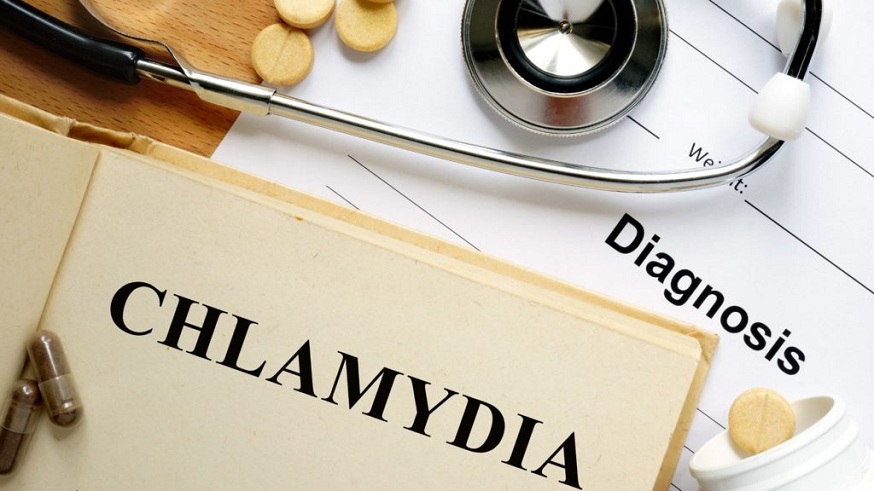Chlamydia is typically diagnosed by a combination of laboratory tests, physical examination, and review of medical history. The bacteria chlamydia trachomatis is the source of the widespread sexually transmitted infection (STI) known as Chlamydia. To avoid complications and lessen the chance of transmission to sexual partners, chlamydia must be diagnosed and treated as soon as possible. This is how a chlamydia diagnosis is made:
Evaluation of medical history
Your healthcare professional will inquire about your symptoms, sexual history, and any recent STI exposures during a medical history evaluation before they give you Chlamydia prescription. Tell your provider all you know about your past sexual experiences, including how many partners you had, if you used condoms, and if you ever had an STI.
Physical examination
Your doctor may do a physical check to look for any outward indications that you may have a chlamydia infection. Chlamydia frequently exhibits no symptoms at all, especially in women. Nonetheless, during the examination, your doctor might look for symptoms like soreness, irritation, or vaginal discharge.
Laboratory testing
Diagnosing chlamydia is most reliably done by laboratory testing. Chlamydia infections can be found using a variety of tests, such as:
Nucleic Acids Amplification Tests (NAATs): The genetic material (DNA or RNA) of the chlamydia bacterium can be found in urine or swab samples taken from the throat, genital area, or rectum by NAATs, which are extremely sensitive. Because of their precision and capacity to identify even minuscule amounts of the bacterium, NAATs are the recommended method for chlamydia testing.
Urine Test: To find chlamydia DNA or RNA in the urine, a sample may be taken and examined using NAATs. This non-invasive testing approach is practical and appropriate for both genders.
Swab Test: Using a cotton swab, swab samples can be taken from the throat, rectum, urethra, or cervix in women. After that, the sample is taken to a lab where NAATs are used to test for chlamydia DNA or RNA.
Self-Collected Swab Test: Using specific testing kits, people can take their swab samples at home from the vaginal area. After being self-collected, these samples are forwarded to a lab for NAAT testing.
Screening and testing recommendations
The Centres for Disease Control and Prevention (CDC) advise regular chlamydia screening for sexually active people, especially for young adults under 25, pregnant women, and people who are more likely to get STIs (e.g., men who have sex with men, those who have multiple sexual partners).
Chlamydia screening can take place at regular STI screenings, pelvic exams, prenatal care visits, or other medical appointments. In addition, people who exhibit chlamydia-like symptoms (such as burning when urinating or vaginal discharge) ought to get tested right away.
Follow-up testing and treatment
Your healthcare professional will recommend medications to treat chlamydia confirmed. It’s crucial to take the antibiotics as prescribed, even if your symptoms get better or go away before the whole course of treatment. The entire prescription of antibiotics must be taken to guarantee that the infection is completely eradicated and to lower the danger of problems or recurrence.
Further testing is advised a few weeks after treatment to ensure the infection has been effectively eradicated. This follow-up testing aims to confirm that the treatment was successful and that no additional measures are required.

